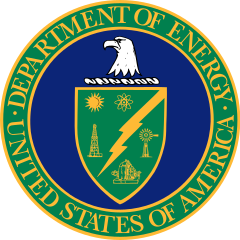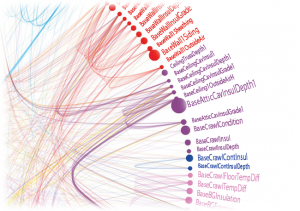The Lawrence Berkeley National Laboratory (LBNL) recently published a report that delves into the outcomes of various Pay As You Save (PAYS) programs. Understanding how these programs perform, the methodologies they undertook, and the challenges they faced, is crucial, especially in the context of the Inflation Reduction Act (IRA) which aims to bolster home performance through substantial funding under the HOMES rebates program. The report offers significant insights into the broader context of energy efficiency and the modeled savings approach that the IRA provides as a pathway.
The LBNL study meticulously evaluates several PAYS programs, showcasing their success in delivering measurable energy savings, using OptiMiser’s BPI-2400 auto-calibrated energy model. These programs achieved high realization rates, meaning that the energy savings predicted by the models are closely matched by the actual savings realized. On average, participants achieved about 83% of the projected savings, displaying a high level of accuracy which is crucial as states ramp up their efforts with the rebate program design, ensuring that the investment delivers the expected benefits. The participants in the Midwest Energy program, for instance, reduced their electricity and gas consumption by an average of 15% and 26%, respectively, similar to other PAYS programs evaluated in the report, despite serving diverse communities, including those with below-average incomes and higher unemployment rates.
However, the journey to achieving high realization rates and effective on-bill tariff programs, or for that matter the energy rebate programs, comes with its own sets of challenges. The study identifies several critical areas that need attention, including the need to tailor programs to meet the needs of different demographics and geographies, ensuring accurate data collection, verification, and tracking, enhancing quality control and feedback mechanisms, and the necessity of a calibrated approach to energy modeling. These challenges are directly relevant to the IRA’s implementation, as scaling up home energy rebate programs will require addressing these issues head-on.
OptiMiser is already working with partners on several strategies to bridge the gap between modeled and realized savings. We are implementing systems to track how many projects achieve bill calibration and identifying those that need more diagnostics, which can help refine and improve program outcomes, as well as providing a fallback modeling approach for edge cases that can’t rely on utility bill calibration. Our BPI-2400 auto-calibrated model fine-tunes based on real-world data and adjusts them to reflect actual conditions more closely, which can enhance the reliability of predictions. By understanding the unique characteristics of each target group, and providing comprehensive support, leveraging partnerships, and ensuring equity and inclusion, we are seeking to reduce the variability in results. By building robust quality control and feedback mechanisms in our physics-based engine, we are enabling auditors and implementers to track their performance in data collection and program implementation, ensuring that energy savings are accurately monitored and achieved.
The study also touches on the need for upfront capital to finance home performance investments for the PAYS programs, something that the modeled approach pathway of the rebate programs can provide immediate relief with. With the HOMES rebate covering a portion of the upfront cost of energy efficiency upgrades that can achieve certain energy usage reductions, similar to a copay for the PAYS program, it will reduce the barrier to entry, particularly for low-income households and households in disadvantaged communities, and help drive projects. Such support, if available to all participants, might also enable households to include additional measures, saving more energy and producing more co-benefits. For instance, the $2000 HOMES rebate on a 20-35% estimated savings would have removed copays for more than half of the PAYS program participants. This approach not only makes energy efficiency improvements more accessible but also ensures that the benefits of these programs are realized more quickly and widely.
Another challenge is that given the inherent variability in household energy consumption, local weather changes, and the influence of non-project factors, not every participating household’s net usage would go down, as seen in the study of PAYS program participants. As such, the program implementers and administrators for the IRA rebate programs can benefit from analytic tools that enable them to distinguish the impact of behavioral choices on energy usage from that of program error or equipment failure, as well as investigation protocols for ambiguous cases. Even identifying and following up with program participants could determine whether their net energy usage that hasn’t considerably decreased, or gone up, is because of added loads that are not part of the projects, other behavior change, overestimation of the impact of efficiency measures, or upgrade installation error. A better understanding of the drivers of lower-than-expected savings can help entities account for the actual impact of the rebate programs.
In conclusion, the LBNL report provides valuable insights into the effectiveness of energy efficiency programs and their potential to contribute to the success of IRA’s HOMES rebate program. By addressing the challenges and leveraging the strengths of these programs, we can enhance realization rates across the country. The insights from this study highlight the importance of a calibrated approach, program inclusivity and customization, and robust data collection and feedback, in achieving high realization rates. These principles are essential for the successful implementation of the rebate programs, ensuring that they deliver tangible benefits and promote sustainable improvements.






